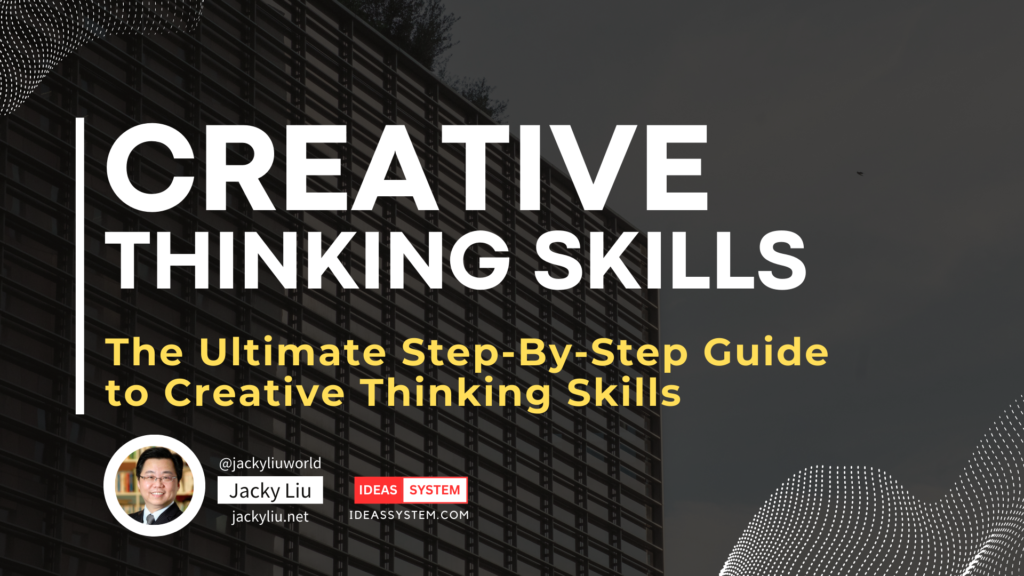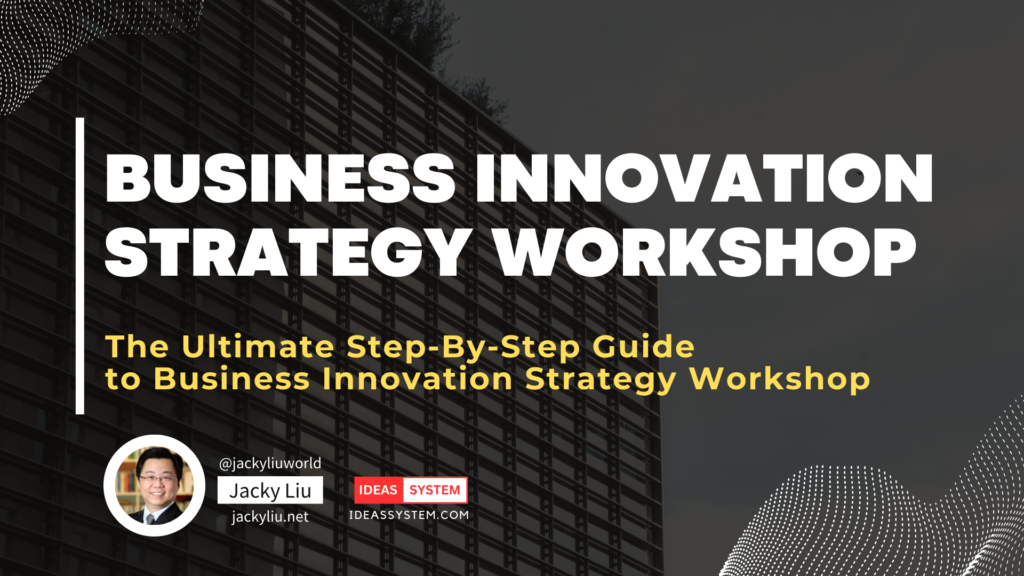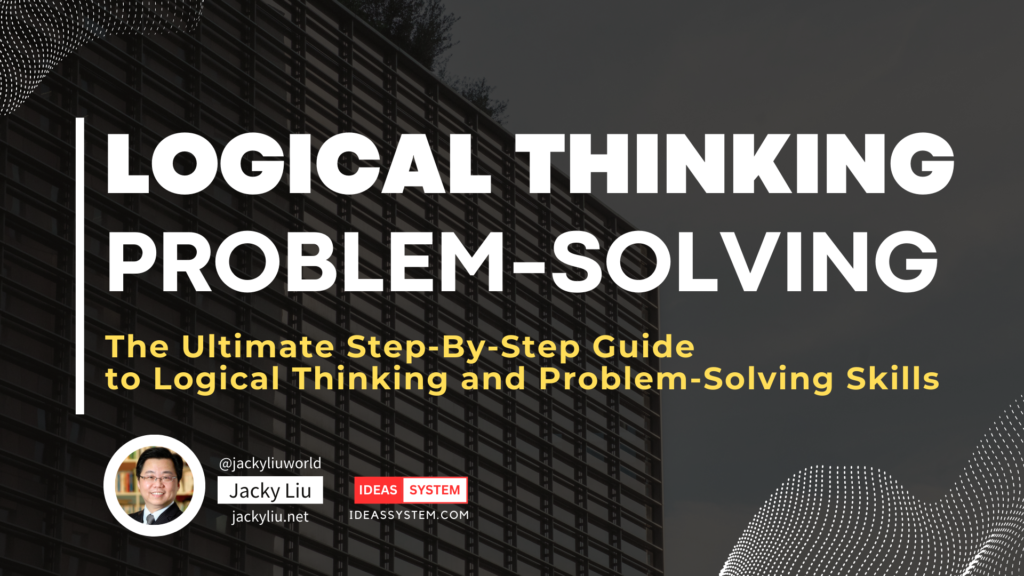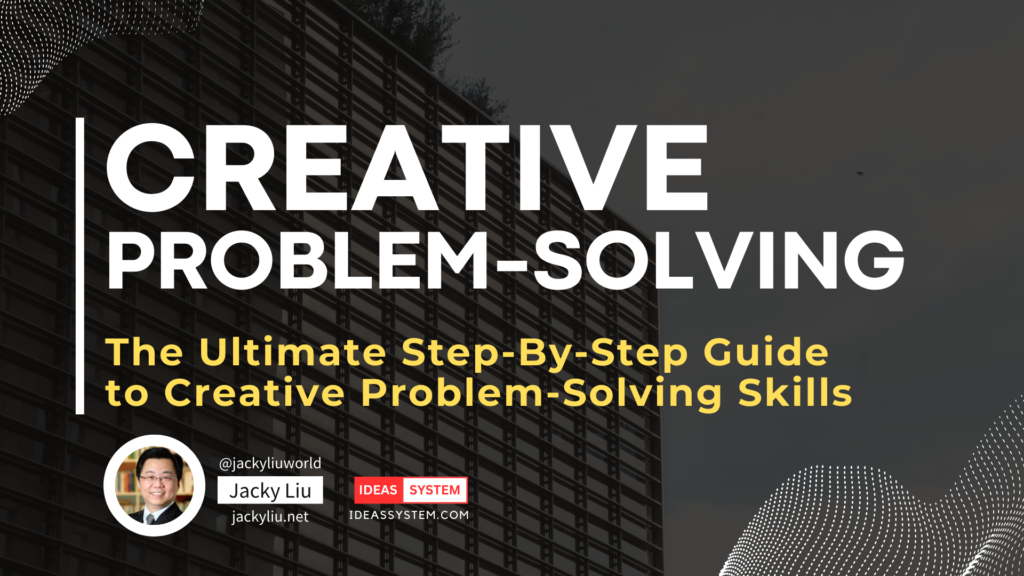Introduction
In today’s ever-changing and competitive world, creative thinking skills have become a necessity. The ability to think outside the box, find innovative solutions to problems, and generate new ideas is crucial for personal and professional growth. In this article, we will explore the fundamentals of creative thinking, techniques to enhance these skills, and practical tips for implementing them in everyday life. Let’s dive in!
Why Creative Thinking Skills are Important
Before we get into the nitty-gritty of creative thinking, it’s essential to understand why it’s so important. In the workplace, creative thinking can lead to improved productivity, better problem-solving, and innovative product development. On a personal level, it can enhance our ability to adapt to change, foster resilience, and increase overall life satisfaction. In short, creative thinking skills are crucial for success in all aspects of life.
The Fundamentals of Creative Thinking
Understanding the Creative Thinking Process
Creative thinking involves generating new ideas, concepts, and solutions by exploring different perspectives and possibilities. The process typically begins with identifying a problem or opportunity, gathering information, and generating a range of ideas. It then moves on to evaluating and refining those ideas, ultimately leading to the implementation of a creative solution.
The Role of Imagination and Intuition
Imagination and intuition play vital roles in creative thinking. Imagination allows us to envision new possibilities and create mental images that inspire innovative ideas. Intuition, on the other hand, guides our decision-making process and helps us recognize patterns and connections that might not be immediately apparent.
Techniques to Enhance Creative Thinking Skills
Brainstorming
Brainstorming is a popular method for generating ideas. The key to successful brainstorming is to create an open and non-judgmental environment where everyone’s ideas are welcome. Encourage wild and unconventional ideas, and avoid evaluating or criticizing them during the brainstorming process. This will lead to a more extensive collection of ideas that can be evaluated and refined later.
Mind Mapping
Mind mapping is a visual technique that helps organize information and generate new ideas. To create a mind map, start with a central concept, then branch out into related ideas and sub-ideas. This process helps uncover connections between seemingly unrelated concepts and encourages divergent thinking.
SCAMPER Method
SCAMPER is an acronym for Substitute, Combine, Adapt, Modify, Put to Another Use, Eliminate, and Reverse. This technique encourages you to think about a problem or idea from different angles, ultimately leading to innovative solutions. By asking questions related to each of the SCAMPER elements, you can identify new possibilities and potential improvements.
Lateral Thinking
Lateral thinking is a problem-solving approach that involves looking at a problem from a different perspective or using unconventional methods. It encourages breaking away from traditional thought patterns and exploring new ways of thinking. Some popular lateral thinking techniques include analogies, random stimuli, and challenging assumptions.
Developing a Creative Mindset
Embrace Failure
One of the keys to developing a creative mindset is to accept that failure is a natural part of the creative process. Embrace failure as an opportunity to learn and grow, and don’t let it discourage you from taking risks or trying new things.
Foster Curiosity
Curiosity is the driving force behind creativity. Cultivate a curious mindset by asking questions, seeking new experiences, and exploring diverse interests. Embrace the unknown and remain open to learning from others.
Cultivate Divergent Thinking
Divergent thinking is the ability to generate multiple ideas or solutions to a problem. To cultivate this skill, practice looking at problems from different angles, and challenge yourself to come up with as many ideas as possible. This will help you develop the habit of exploring various perspectives and solutions.
Implementing Creative Thinking in Everyday Life
Set Aside Time for Creativity
Carve out dedicated time in your schedule for creative activities. This could be brainstorming sessions, artistic pursuits, or simply spending time daydreaming and reflecting. By giving yourself the time and space to think creatively, you’ll be more likely to generate innovative ideas and solutions.
Collaborate with Others
Collaboration can be a powerful catalyst for creativity. By working with others who have different perspectives, experiences, and skills, you can generate more ideas and uncover new possibilities. Seek out opportunities to collaborate on projects, brainstorm with colleagues, or participate in group workshops and activities.
Maintain a Creative Workspace
Your environment can have a significant impact on your ability to think creatively. Design your workspace to inspire and support creativity by incorporating elements such as natural light, plants, inspiring artwork, and comfortable seating. Also, keep your workspace organized and clutter-free to minimize distractions.
Measuring the Progress of Your Creative Thinking Skills
As you work to enhance your creative thinking skills, it’s important to measure your progress. Set goals for your creative development, and track your achievements over time. Reflect on your successes and failures, and use them as learning opportunities to continue growing and improving.
Conclusion
Developing creative thinking skills is an ongoing process that requires practice, persistence, and a willingness to take risks. By embracing failure, fostering curiosity, and implementing the techniques and strategies discussed in this guide, you can unlock your creative potential and enjoy the many benefits of creative thinking in your personal and professional life.
FAQs
What is the difference between creative thinking and critical thinking?
Creative thinking focuses on generating new ideas and solutions, while critical thinking involves evaluating and analyzing those ideas to determine their effectiveness or validity.
Are some people naturally more creative than others?
While some individuals may have a natural inclination towards creativity, everyone has the potential to develop and enhance their creative thinking skills through practice and effort.
How can I overcome creative blocks?
Try changing your environment, taking a break, or engaging in activities that inspire and relax you. Also, consider collaborating with others to gain new perspectives and ideas.
How can I encourage creativity in my team or workplace?
Foster an open and supportive environment, provide opportunities for collaboration, and encourage employees to take risks and learn from failure. Offer training and resources to help team members develop their creative thinking skills.
Can creative thinking be applied to any field or industry?
Yes, creative thinking can be applied to any field or industry. Whether you’re solving complex problems in science, developing innovative products in technology, or creating captivating stories in the arts, creative thinking skills are crucial for success.




